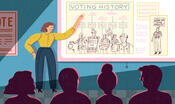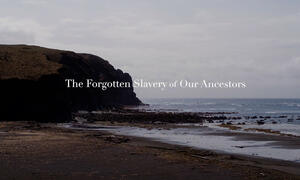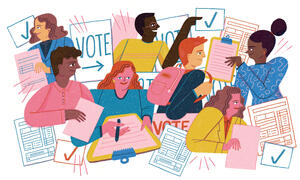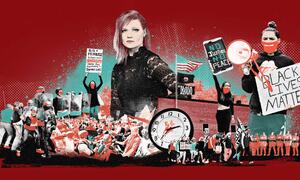article
Teach This: The Voting Rights Act
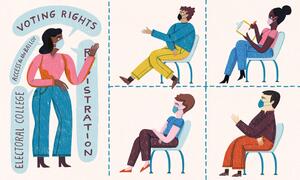
Pair an excerpt from ‘One Person, No Vote: How Not All Voters Are Treated Equally’ with a clip from a documentary about Congressman John Lewis to lead a conversation with students about the Voting Rights Act of 1965.
